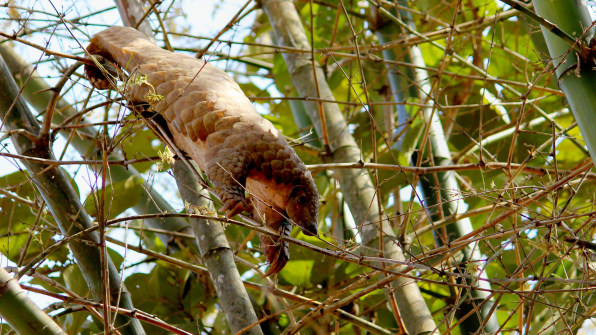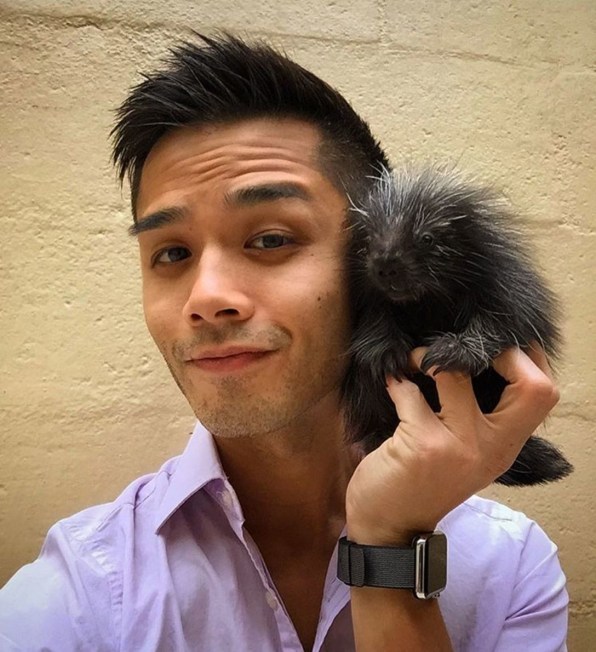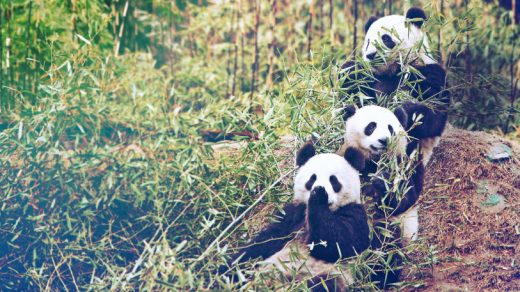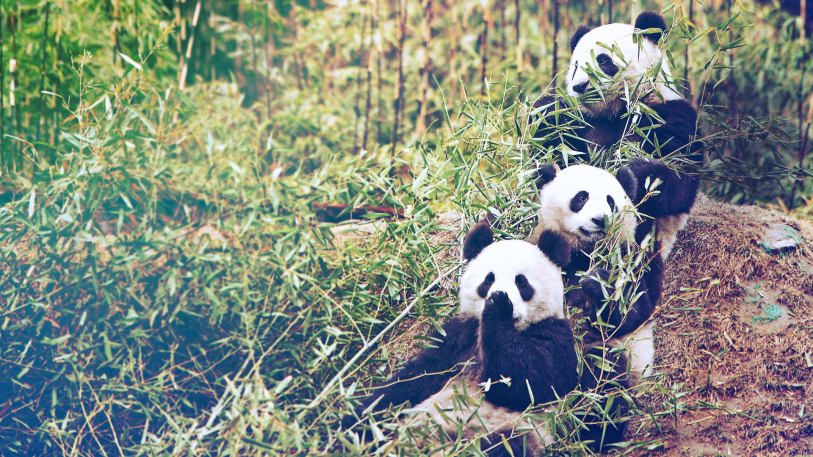How I Got My Dream Job Traveling The World And Taking Care Of Pandas
Marc Valitutto, 36, is a wildlife veterinarian at the Smithsonian’s Global Health Program. Valitutto’s day to day involves interacting with wildlife with the hope of preventing viral outbreaks. Any vet needs to go to vet school to begin their professional journey. Valitutto, however, has the amazing opportunity to travel the world, solve global health problems, and even play with giant pandas, which is rare for people even in the veterinary field.
I talked to him to learn more about how he got his job (he’s currently stationed in Myanmar). What follows is a transcript of our conversation, edited for space and clarity.
What My Work Is Like
One of the many hats I wear at the Smithsonian’s Global Health Program is studying pangolins in the wild, especially in Myanmar. Pangolins are the world’s most trafficked mammal. A large number of Chinese and Vietnamese people consume vast quantities of the animal. Now they are critically endangered. There’s currently been a big push for protecting the species.

At the Smithsonian we’re studying the animal in order to determine what levels of disease they might carry as well as the health of the species in the wild.
Another thing I do with this Global Health Program is look into viruses that have the zoonotic [transmittable from animals to humans] or pandemic potential with humans. I’m working for a USAID funded program called PREDICT that’s essentially studying wildlife that live and interface with humans–this includes animals that have a high propensity of interacting with humans and livestock. We go out and sample for viruses in humans, wildlife, and livestock to see if there’s any crossover disease.
I also work with giant pandas, doing health studies of the animals. Our job is to teach the local veterinarians the Western medical practices to care for the species to enhance their health in captivity, prolong their lives, and to assist with breeding programs.
What I absolutely love the most about this position is that the work that I do has an impact–not just on animal species but on everyone and everything. The work focuses on the interrelationships between animal health, human health, and environmental health. With the viral testing I do, I’m working to save humans in the long run as well as the environment to sustain the animals in their homes.
How I Got This Job
I was always told that the only way for a job like mine to have an open position is for somebody who currently holds the job to die or retire. That’s not true. For me, knowing that this is the field that I always wanted to get into, I just took the steps necessary to get the experience and skill to get to that level.
Since I was in high school I’ve been volunteering at different zoos, doing both internships and other odd jobs. I moved my way up to zookeeper positions [through grad school] until I knew enough people who recognized my face. This both got me experience and helped advance myself.
The graduate program that I did is very similar to what physicians have to do, so following veterinary school or medical school, you have to enter into an internship followed by a residency. My internship was at a small animal emergency clinic in Manhattan. After that, I went into a residency program at the Bronx Zoo and Cornell University.
Before I got hired at the Smithsonian last year, I worked for about four and a half years as the general curator and the head veterinarian at the Staten Island Zoo. That position carried a lot of responsibility. I was managing the entire animal department medical staff as well as the health of all the animals in the zoo.

And I was actually at the Smithsonian prior to Staten Island, working as one of their head interim veterinarians. I took the Staten Island job because they offered me a position and I couldn’t turn it down. But I came back to the Smithsonian last July.
Advice For Burgeoning Wildlife Professionals
Start early. Just get your face out there and start to get the exposure that you need. I wouldn’t dwell on the fact that everyone says that someone has to to die for positions to open up. Otherwise you’re not going to get a job.
Opportunities are out there, and more and more opportunities continue to be developed. For instance, the work that I’m doing–this job wasn’t available until five years ago when someone decided, hey, there’s a need for this. There’s always going to be an opportunity available for students or people who are trying to get into the field. They just have to start now by getting themselves exposed and talking to the right people, and then getting the experience that they’re looking for.
Fast Company , Read Full Story
(62)



